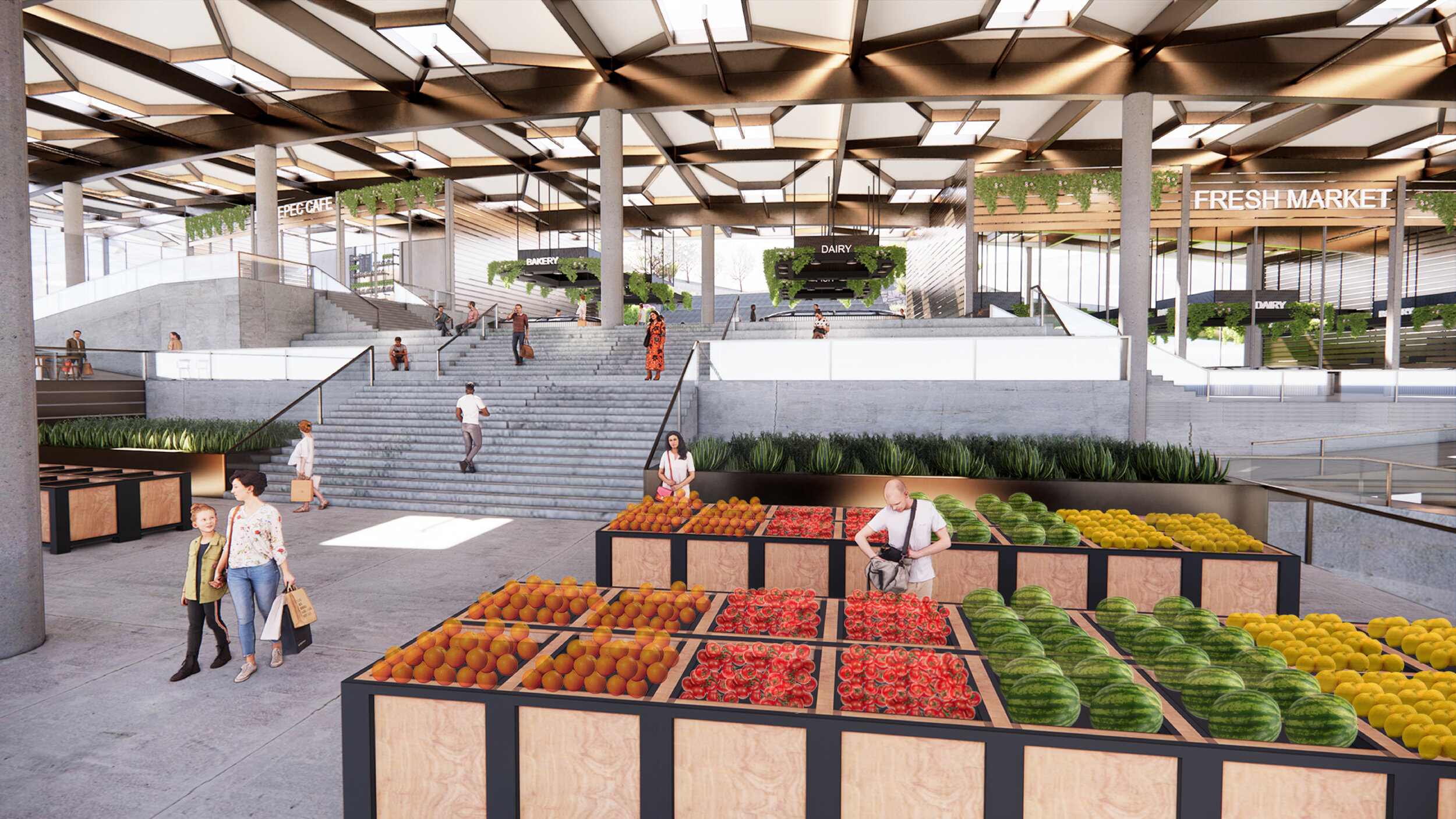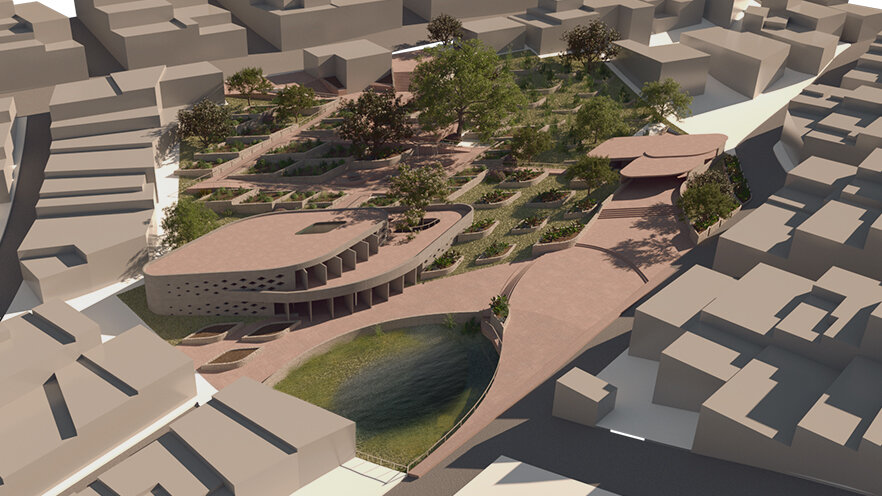Loreta Castro Reguera / Yassmin Al Khasawneh Studio
"Bio-Repurpose Collective" | Lauren Biltz & Alyssa Arbogast
"Bio-Repurpose Collective" | Lauren Biltz & Alyssa Arbogast
"Bio-Repurpose Collective" | Lauren Biltz & Alyssa Arbogast
"Bio-Repurpose Collective" | Lauren Biltz & Alyssa Arbogast
"Bio-Repurpose Collective" | Lauren Biltz & Alyssa Arbogast
"Bio-Repurpose Collective" | Lauren Biltz & Alyssa Arbogast
"Bio-Repurpose Collective" | Lauren Biltz & Alyssa Arbogast
"Bio-Repurpose Collective" | Lauren Biltz & Alyssa Arbogast
"Bio-Repurpose Collective" | Lauren Biltz & Alyssa Arbogast
"Ecatepec Water Houses" | Yu-Ting Chang & Branden Hudak
"Ecatepec Water Houses" | Yu-Ting Chang & Branden Hudak
"Ecatepec Water Houses" | Yu-Ting Chang & Branden Hudak
"Ecatepec Water Houses" | Yu-Ting Chang & Branden Hudak
"Ecatepec Water Houses" | Yu-Ting Chang & Branden Hudak
"Ecatepec Water Houses" | Yu-Ting Chang & Branden Hudak
"Ecatepec Water Houses" | Yu-Ting Chang & Branden Hudak
"Ecatepec Water Houses" | Yu-Ting Chang & Branden Hudak
"Ecatepec Water Houses" | Yu-Ting Chang & Branden Hudak
"Ecatepec Water Houses" | Yu-Ting Chang & Branden Hudak
"Ecatepec Water Houses" | Yu-Ting Chang & Branden Hudak
"Ecatepec Water Houses" | Yu-Ting Chang & Branden Hudak
"Aquacultural Gardens" | Quinn Shewbridge & Cory Krivanek
"Aquacultural Gardens" | Quinn Shewbridge & Cory Krivanek
"Aquacultural Gardens" | Quinn Shewbridge & Cory Krivanek
"Aquacultural Gardens" | Quinn Shewbridge & Cory Krivanek
"Aquacultural Gardens" | Quinn Shewbridge & Cory Krivanek
"Aquacultural Gardens" | Quinn Shewbridge & Cory Krivanek
"Aquacultural Gardens" | Quinn Shewbridge & Cory Krivanek
"Aquacultural Gardens" | Quinn Shewbridge & Cory Krivanek
"Aquacultural Gardens" | Quinn Shewbridge & Cory Krivanek
"Aquacultural Gardens" | Quinn Shewbridge & Cory Krivanek
"Aquacultural Gardens" | Quinn Shewbridge & Cory Krivanek
"Aquacultural Gardens" | Quinn Shewbridge & Cory Krivanek
"Aquacultural Gardens" | Quinn Shewbridge & Cory Krivanek
"Aquacultural Gardens" | Quinn Shewbridge & Cory Krivanek
"Aquacultural Gardens" | Quinn Shewbridge & Cory Krivanek
Ebrahim Poustinchi Studio
"Mother Nouveau" Amanda Harrer and Denver Curtis
"Mother Nouveau" Amanda Harrer and Denver Curtis
"Mother Nouveau" Amanda Harrer and Denver Curtis
"Mother Nouveau" Amanda Harrer and Denver Curtis
"Mother Nouveau" Amanda Harrer and Denver Curtis
"Mother Nouveau" Amanda Harrer and Denver Curtis
"Mother Nouveau" Amanda Harrer and Denver Curtis
"Mother Nouveau" Amanda Harrer and Denver Curtis
"Mother Nouveau" Amanda Harrer and Denver Curtis
"Intertopia" | Nathan Dregely and Niles Hand
"Intertopia" | Nathan Dregely and Niles Hand
"Intertopia" | Nathan Dregely and Niles Hand
"Intertopia" | Nathan Dregely and Niles Hand
"Intertopia" | Nathan Dregely and Niles Hand
"Intertopia" | Nathan Dregely and Niles Hand
"Intertopia" | Nathan Dregely and Niles Hand
"Intertopia" | Nathan Dregely and Niles Hand
"Intertopia" | Nathan Dregely and Niles Hand
"Intertopia" | Nathan Dregely and Niles Hand
"Intertopia" | Nathan Dregely and Niles Hand
"Intertopia" | Nathan Dregely and Niles Hand
"Project_Flux" | Robert Eberhart and James Bellissimo
"Project_Flux" | Robert Eberhart and James Bellissimo
"Project_Flux" | Robert Eberhart and James Bellissimo
"Project_Flux" | Robert Eberhart and James Bellissimo
"Project_Flux" | Robert Eberhart and James Bellissimo
"Project_Flux" | Robert Eberhart and James Bellissimo
"Project_Flux" | Robert Eberhart and James Bellissimo
"Project_Flux" | Robert Eberhart and James Bellissimo
"Project_Flux" | Robert Eberhart and James Bellissimo
Jean Jaminet Studio
Introspection on architecture’s relationship to the interior has never been more urgent. Social distance regulations and quarantine protocols have pushed us into the deepest recesses of architecture’s inside, only to be broadcast on screens ad infinitum via the cloud. This reciprocity between interior and exterior has altered the perception of the built environment. Projected images of our interiors have become our primary means of communicating to the outside world. Designers are hired to curate interiors like stage sets to generate maximum visual appeal as they appear through the interface of personal computing devices. Virtual backgrounds and video filters further complicate the reality of the interior by means of augmented reality. Our acute habitation of the interior, paradoxically, produces a “distance” or lack of intimacy with the material world, which disconnects us from the physical environment.
This studio presents alternative forms of visual and formal engagement with architecture to recuperate lost intimacy with the material realm. Students will design a Graceland Wedding Chapel for a site along the Las Vegas Strip. The Graceland Mansion exemplifies these ideas as it maintains the distinction between its modest suburban exterior and the crude accumulation of interior rooms and decoration. The image quality of the mansion is “poor,” not because of its size or provincial nature, but rather due to the lack of any unified aesthetic ambition. The formal and visual materials of this course will emerge from the study of the interior as a curated collection of confounding and sensual boundaries, of which the ancillary aesthetic characteristics of domestic space (draperies, furnishing, carpeting, etc.) project images of extreme vernacularism and become primary affect generators to communicate the intangible qualities of space. Interiors of the chapel will be deployed beyond the familiar project of reforming taste. Instead, this suggests a residual condition of sensual combinations of material, forms, and motifs, alluding to architecture’s lack of restraint in producing disposable cultural imagery..
"Graceland Wedding Chapel (Curtain Hideaway)" | Zachary Petrus
"Graceland Wedding Chapel (Curtain Hideaway)" | Zachary Petrus
"Graceland Wedding Chapel (Curtain Hideaway)" | Zachary Petrus
"Graceland Wedding Chapel (Cabin Charming)" | Oriel Behboudnia
"Graceland Wedding Chapel (Cabin Charming)" | Oriel Behboudnia
"Graceland Wedding Chapel (Cabin Charming)" | Oriel Behboudnia
"Graceland Wedding Chapel (Mosaic Grotesque)" | Shelby Dolan
"Graceland Wedding Chapel (Mosaic Grotesque)" | Shelby Dolan
"Graceland Wedding Chapel (Mosaic Grotesque)" | Shelby Dolan
"Graceland Wedding Chapel (Regency Chic)" | Maura Flaherty
"Graceland Wedding Chapel (Regency Chic)" | Maura Flaherty
"Graceland Wedding Chapel (Regency Chic)" | Maura Flaherty













































































